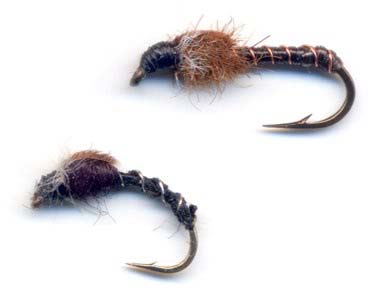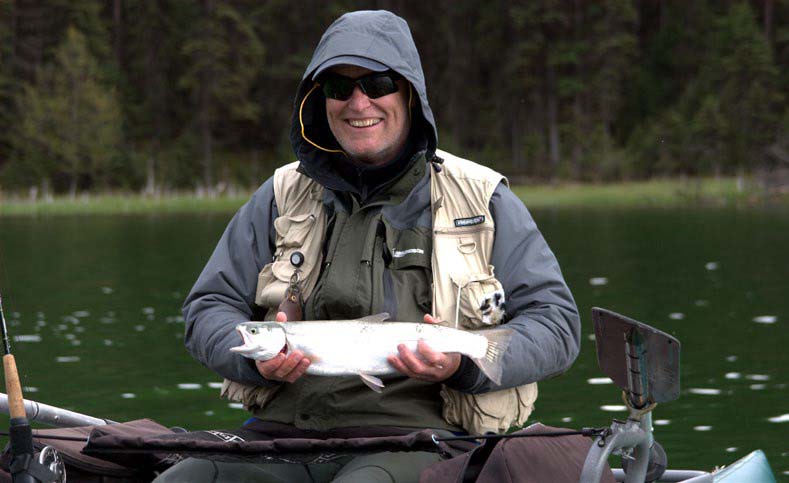
Thank the Lord spring has arrived. I don’t know about you but I’m ready to get out and do some serious recreating, which in my case means fly-fishing.
April through June are arguably the best months to fly-fish. The midge hatches will be starting first and with them comes some of the best fishing of the season. The fish are a bit thin and slow in early spring because of winter’s cold temperatures and lack of food, but as the water warms, they become livelier and their appetites leave them vulnerable to the angler’s offerings.
The first week of ice-off is prime fly-fishing time on any trout lake. Because of winter’s long freeze, the water is low in oxygen content and the fish are literally dying for air. With ice-off comes the season’s first winds that hit open water and they mix oxygen with the surface water. This draws every fish in the lake to within a few feet of the surface where they can “breathe” easier. Any food nearby is readily eaten, including artificial flies. As the water mixes more over the weeks that follow the oxygen concentration increases deeper in the water column and the fish move down. Plan on being at your favourite lake during ice-off.
April really turns on the fishing in many areas. Many of the rivers and streams start their mayfly hatches and the fish turn onto them wholeheartedly. #14 or #16 gold ribbed hare’s ear nymphs fished in the mornings, and throughout the day on dull, damp days, will produce trout. During bright days a switch around 11 a.m.- 1 p.m. to a dry #14 March Brown or Adams can attract a lot of attention from the surface feeding crowd.
To fish any hatch properly you must understand the insects’ lifecycle. Midges go through complete metamorphosis, having larval, pupal and adult stages. The larval form of the midge is known as a bloodworm. Red or light tan in colour, these little worm-like creatures wriggle around on or very near the bottom of slow or still water. They are effectively fished with a suitable imitation in sizes #12 or #14 with a full sinking line, or a floating line with a leader longer enough to reach to within inches of the bottom. The pupal form of the midge is called a chironomid and is the best known of the midge’s life stages. Suitable imitations are profuse, but usually range around #12 – #18 in size and vary in colour from black through olive to tan. Fish the chironomid either from the bottom to the surface by using a full sinking line and allowing the fly to sink to the bottom, then retrieving it in very slow hand-twists all the way to the surface, or with a dry line and greased leader allowing the fly to hang vertically just inches below the surface film. Retrieve it very slowly and watch the leader as you would a strike indicator. Be ready to set the hook whenever the leader heads the other way.
Mayflies, on the other hand, have incomplete metamorphosis, having only a nymphal and adult stage and lacking a pupal form. Mayfly nymphs can be fished in streams or lakes, although I have found them to be much more productive in moving water. Fish the nymphs dead drift in streams using whatever system that will get your fly down to the bottom. In lakes you will have to hand-twist the fly in to impart motion to it. Mayfly adults should be fished dead drift in streams and with just the slightest motion on lakes. Dry fly fishing a mayfly hatch is the classic method of fly-fishing and is greatly anticipated by fly-fishers around the world.
Early spring is still chilly with old man winter’s breath still in the air. It also allows the eager a chance to bundle up and get out on the water for a crack at the season’s first fishing opportunities. Warmer weather is coming, but some of the fastest action occurs right now. Get up, dust off the cobwebs and get out on the water. If nothing else it will stop your hands from shaking in anticipation.
By Bill Luscombe

